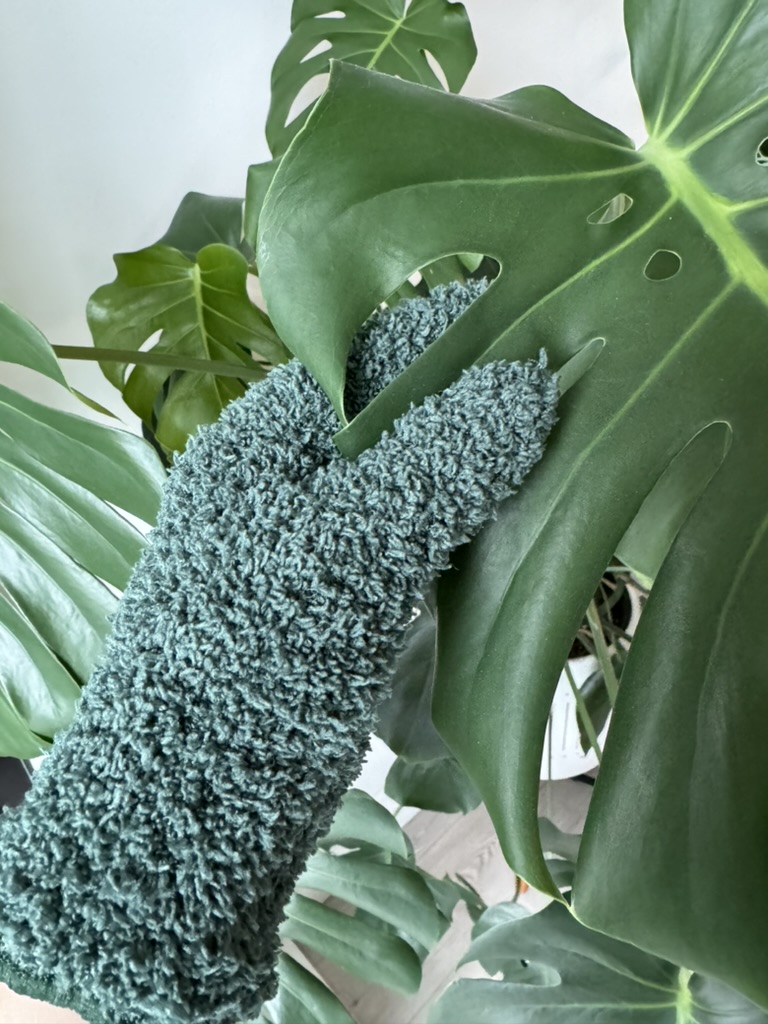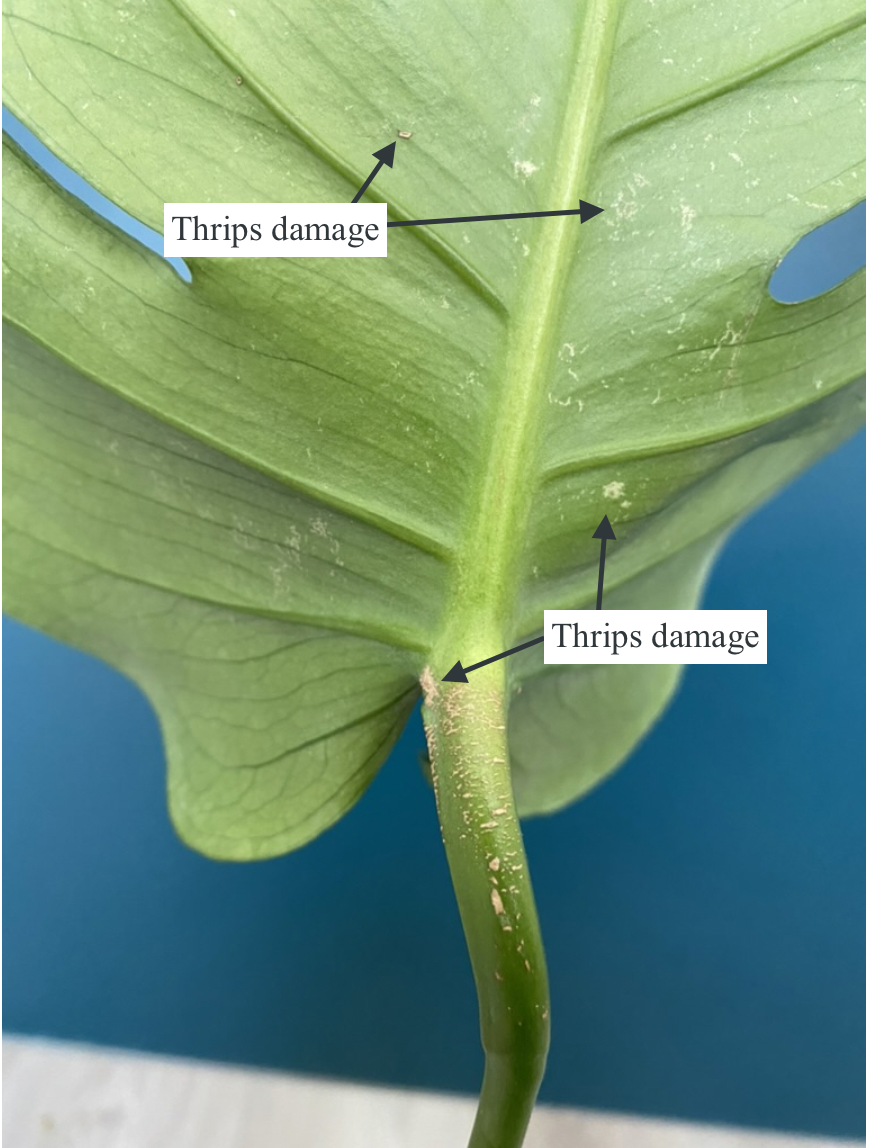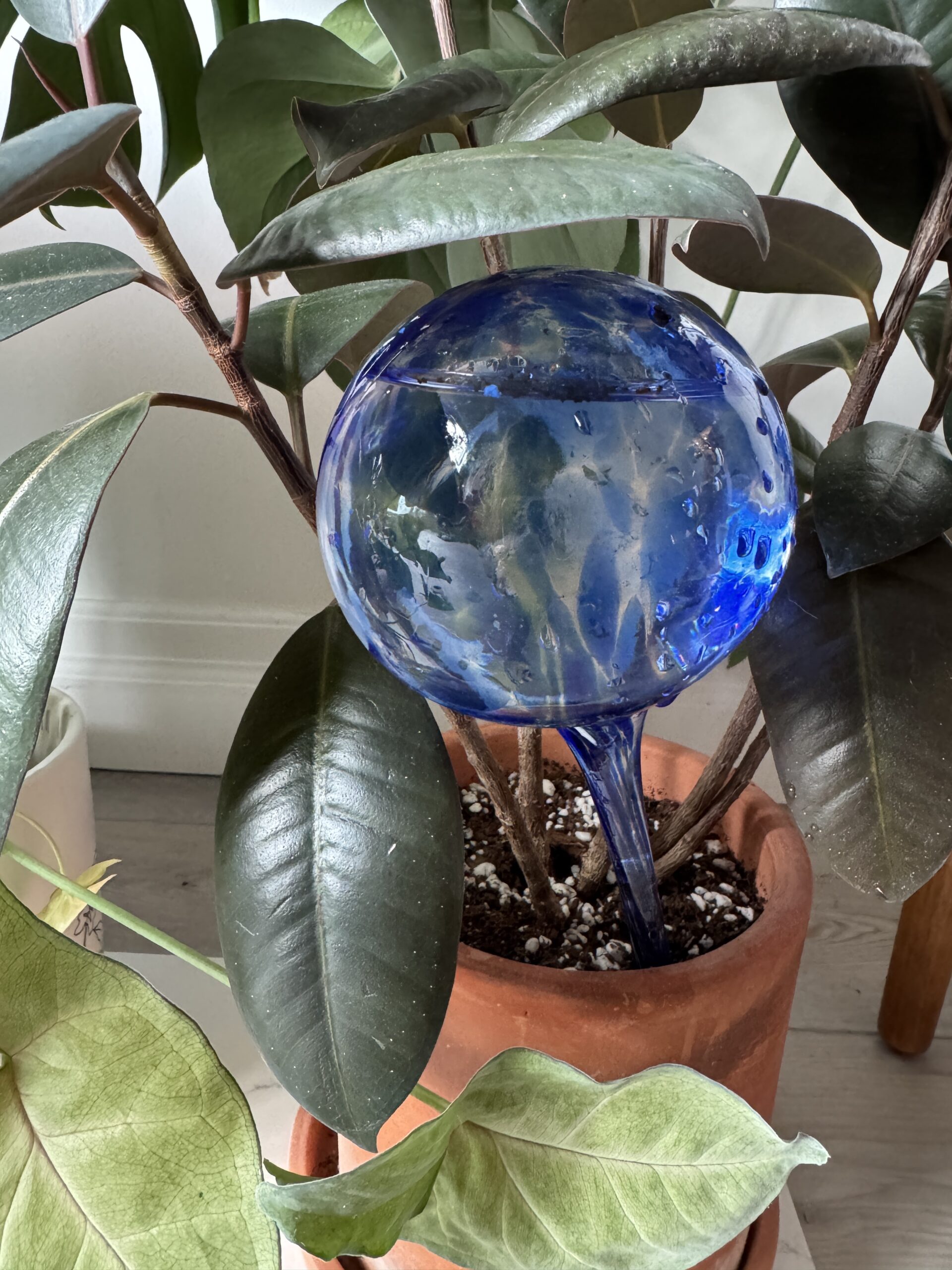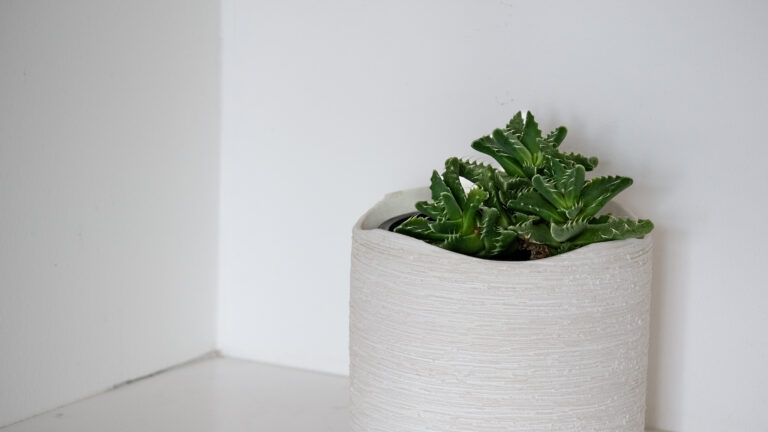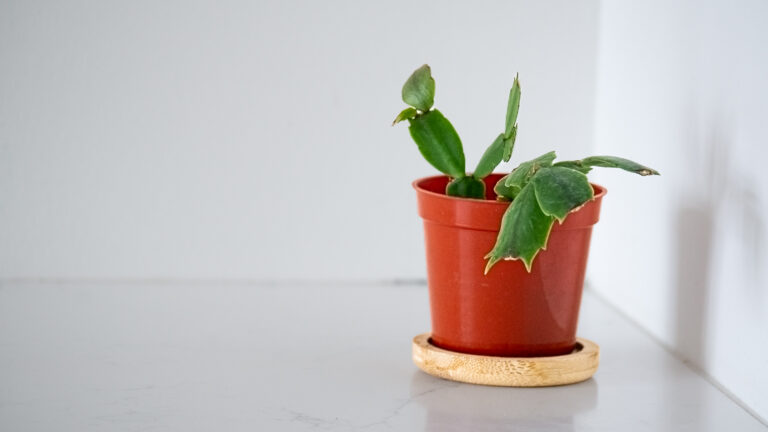Philodendron Prince of Orange or Philodendron erubescens ‘Prince of Orange’ is a member of the araceae family. There are around 621 accepted species of Philodendron.
Philodendron Prince of Orange is a hybrid cultivar of the Philodendron domesticum, Philodendron erubescens, Philodendron wendlandii, and Philodendron imbe Philodendrons.
This Philodendron is referred to as the Philodendron Prince of Orange due to its orange leaves, and it has actually been patented.
Philodendron Prince of Orange at a glance.
Philodendron Prince of Orange Appearance & Foliage
The Philodendron Prince of Orange is a beautiful, multicoloured plant. The Petiole is a vibrant pinkish colour.
The new leaves grow in bright orange, and transition to green overtime. Between the orange and green period, the leaves look like more of a yellow-green.
This plant can be a variety of colours at once time.
Light Requirements for Philodendron Prince of Orange
Philodendron Prince of Orange thrives in bright, indirect light, which helps maintain its vibrant orange foliage, but is medium-low light tolerant. This cultivation was created to be low light tolerant. While it can tolerate lower light, the plant’s colour and growth may suffer.
You will want to avoid exposing your Philodendron Prince of Orange to direct afternoon sun so its leaves don’t burn.
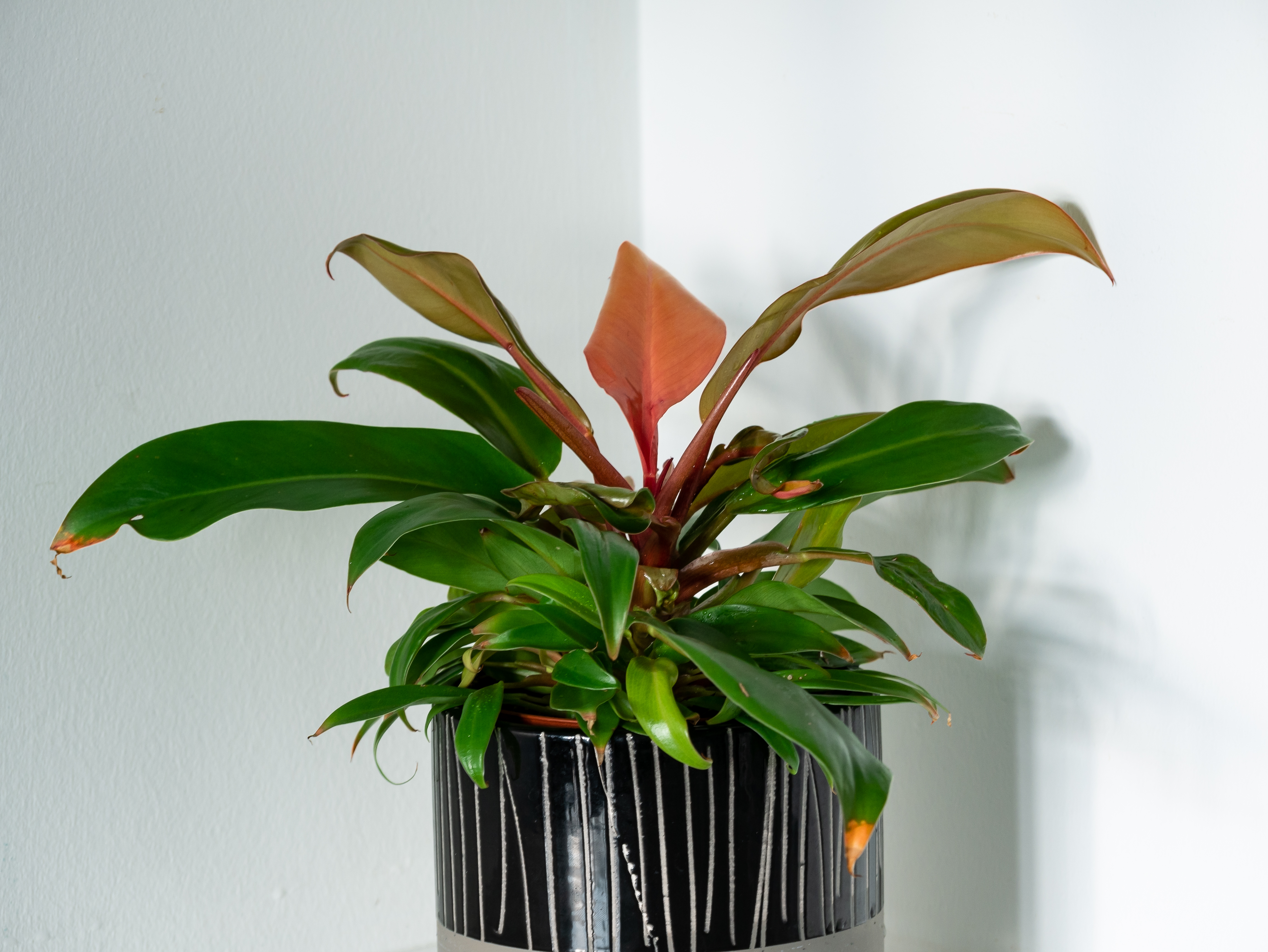
Ideal Temperature & Humidity for Philodendron Prince of Orange
Philodendron Prince of Orange prefers a temperature between 15-26 degrees celsius (60-80 degrees Fahrenheit).
They do well in average household humidity levels (40-60%). I use the Levoit Hybrid Ultrasonic Humidifier (LV600HH) to set my humidity levels.
I use my humidifier to ensure the humidity levels in my apartment stays between 40% and 60%. Since I live in Canada and the winters can be very dry, and the humidity can drop below 30% humidity, so its helpful to set the humidity at about 45% or 50% in this season to keep all of my plants thriving.
Growth Rate and Size of Philodendron Prince of Orange
On average, this Philodendron can grow up to 35″ tall.
New foliage grows similar to other Philodendrons in the way the leaf appears, but it grows up straight vs. in a vining format.
New foliage is bright orange, and darkens over time to a green colour.
Repotting Philodendron Prince of Orange
Repot your Philodendron Prince of Orange every 1 to 2 years, or when you notice roots growing out of the drainage holes or slowed growth. The best time to repot is during the active growing season (spring or early summer) when the plant can recover quickly.
You will want to pot it into a planter that is 2 inches larger, and has drainage holes to avoid overwatering issues like root rot or fungus gnats.
Use a well-draining, chunky aroid soil mix, and add this to the bottom of the new planter. Gently remove the plant from its original pot, trying to not damage the roots. Gently detangle the roots from the soil, remove any damaged roots and add the pot into the new planter. Add additional fresh soil around the plant until it is just below the top of the planter.
After repotting, place the Philodendron in bright, indirect light, and water the plant. Do not fertilize for a couple of months. There is enough nutrients in new soil that adding additional fertilizer can lead to fertilizer burn.
If it is time to repot your Philodendron Prince of Orange, check-out my guide on everything you need to successfully repot your plant.
Blooming Habits of Philodendron Prince of Orange
The Philodendron Prince of Orange can bloom, but rarely. Philodendron Prince of Orange is grown primarily for its striking foliage (rather than its flowers).
When it does occur, usually on mature plants in ideal conditions, the plant produces a typical philodendron inflorescence (a pale, hooded spathe surrounding a central spadix). These blooms are not particularly showy or fragrant, and are often overshadowed by the Philodendron Prince of Orange vibrant orange and yellow leaves.
Most indoor growers will never see their Prince of Orange flower, but this doesn’t affect the plant’s health or ornamental appeal, as its colourful new growth is really why people buy this plant anyways.
Propagating Philodendron Prince of Orange: Offshoots & Division
The Philodendron Prince of Orange can be propagated by crown offshoots.
The mother plant will grow babies out of the crown of the plant. Make sure the offshoots are at least 2 to 3 inches tall before separating them from the mother plant. Gently remove them from the parent plant by separating them at the base.
Pot the offshoots into well-draining soil. Water the soil lightly and place in a bright location with indirect light. Eventually, roots will form and you will have a stable plant!
Patience is key with propagation. Give your new plant time to settle into its environment. Once you see new growth, you know your plant is well established.
Watering Philodendron Prince of Orange: How and When
This Philodendron likes to watered when half dry (likely every two weeks). To determine if your plant needs water, you can stick your finger in the soil (1 to 2 inches) and if it is dry, its ready for water! If you don’t want to get your hands dirty, you can try a moisture meter.
I typically bottom water this plant through the drainage hole of the pot on a tray. It’s the easiest way to know if your plant is thirsty or not. Overwatering can lead to fungus gnats, root rot, or the death of your plant.
You can top water, but it’s best to do so in a pot with drainage until water is flowing out of the hole. If your pot doesn’t have drainage, you might accidentally drown your plant or make some fungus gnats very happy.
You should top water from time to time to make sure any built up minerals can wash through the plant. The water should drip out of the bottom of your drainage hole.
If you are going in vacation, and worried about watering your Philodendron Prince of Orange, check-out my guide on 3 ways to water your plants while on vacation.
Common Pests and Problems in Philodendron Prince of Orange
Pests of Philodendron Prince of Orange
Philodendron Prince of Orange can face the following pests and problems.
- Mealy Bugs: These look like little white cotton balls on the Philodendron. You can remove these with your fingers if you catch them early enough, but I would use a cotton swab with a drop of Isopropyl alcohol and try to scrape them off the stem.
- Spider Mites: If spider mites have taken to your Philodendron, spray them with a mixture of neem oil, dish soap and water (or you can buy an insecticidal soap). I repeat this about once or twice a week (depending on the severity of infestation) for about a month. It’s also good to do this preventatively once a month or so. You will know you have spider mites if you see webbing and leaf damage. Learn how to eradicate Spider Mites.
- Thrips: These are little, dark bugs that look like dirt. They suck the life out of the leaves, and lay eggs within the tissue of the leaf. As they age, they can grow wings and infect other plants. I sprayed my Philodendron with a mixture of neem oil, dish soap and water. I repeat this every few days to try and get both the pest and the eggs. Sometimes I just chop the affected leaf since they are hard to eradicate. Complete guide on how to get rid of thrips.
- Fungus gnats: Spray the Philodendron with a mixture of neem oil, dish soap and water. I also let the soil dry out and add dryer sheets on top of the soil so the gnats can’t sense the moisture on the soil.
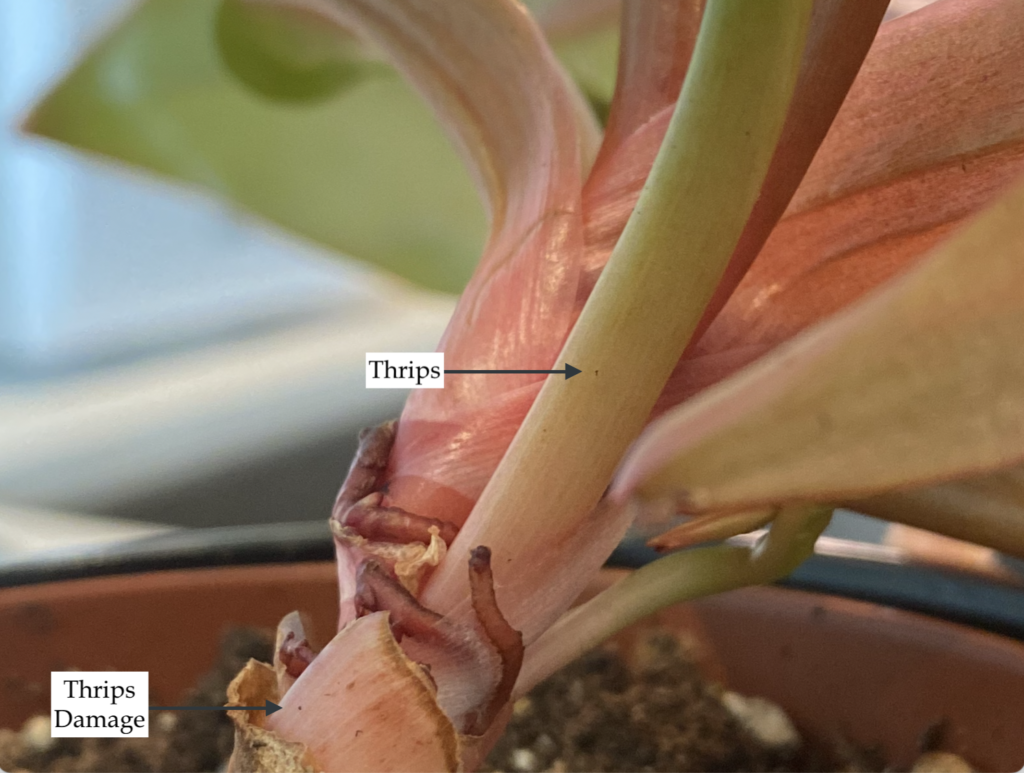
Other Common Problems of Philodendron Prince of Orange
- Drooping Leaves: Your plant is likely thirsty. Just give it a little water and it should be as good as new.
- Yellowing Leaves: If you have a new leaf coming in, your Philodendron is likely fine. Plants pull energy from older leaves to support new growth. But it can also indicate over- or under- watering or lighting issues. If the leaves are coppery-yellow, this is a normal lifecycle of its foliage and not a cause for concern.
- Overwatering: Root rot happens from overwatering your Philodendron with insufficient drainage. You can improve the drainage of your plant by ensuring your plant is potted in a planter with a drainage hole and using a well draining soil (something with a decent amount of perlite). You can also end up with fungus gnats or fungal disease from overwatering.
- Underwatering: Even though plants prefer to be underwatered over overwatered, you still have to remember to water your Philodendron on a consistent schedule. Signs of underwatering an include leaves becoming shrivelled, discoloured or dry.
- Brown Leaf Tips or Curling Leaves: This is caused by low humidity. It’s best to use a humidifier to avoid this issue.
Philodendron Prince of Orange Toxicity
Philodendron Prince of Orange is toxic to both humans and pets due to calcium oxalate crystals found throughout the plant.
If ingested, these crystals can cause immediate pain, swelling, and irritation in the mouth and throat, leading to symptoms like drooling, vomiting, and difficulty swallowing in pets, or oral discomfort and gastrointestinal upset in humans.
Contact with the plant’s sap may also cause skin irritation or rashes, so it’s wise to wear gloves when handling or pruning.
While life-threatening reactions are rare, children and pets are especially at risk, so always keep this plant out of their reach, and seek prompt medical or veterinary attention if ingestion or severe symptoms occur.
Philodendron Prince of Orange Quick Care Guide
| Scientific Name | Philodendron ‘Prince of Orange’ |
| Nickname | Philodendron Prince of Orange |
| Origins | Cultivar |
| Light | Bright, Indirect preferred, but medium-low light tolerant |
| Temperature | 15-26 degrees celsius (preferred) |
| Humidity | Average humidity (40-60%) |
| Height | Up to 35″ |
| Blooms | Yes, but rarely |
| Propagate | Offshoots |
| Water Frequency | When mostly dry (usually every two weeks) |
| Pests | Mealy Bugs, Spider Mites, Thrips, Fungus Gnats |
| Common Problems | Overwatering (root rot), underwatering, yellowing leaves, browning tips |
| Toxicity | Moderate (not safe when ingested) |
References
Below is a list of external sources I consulted while writing this post. This post is a mixture of my own experiences, and the external sources listed below:
Jomo Studio – Philodendron Prince of Orange
The Spruce – Philodendron Prince of Orange
Google Patents – Philodendron Prince of Orange

